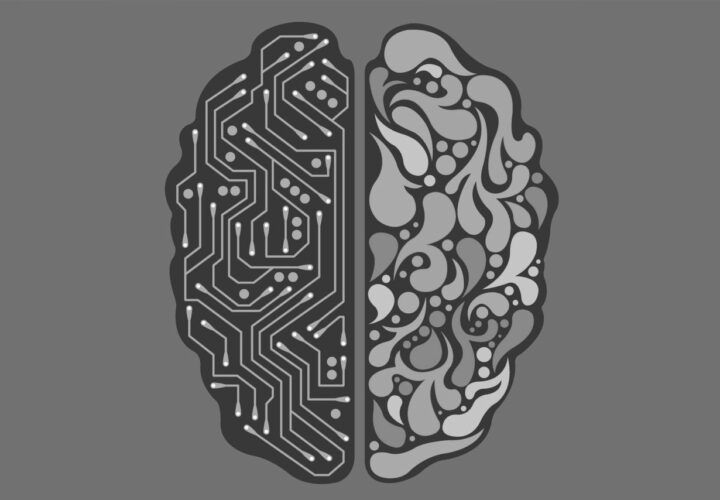Drilling down on the link between autism and Alzheimer’s, an extensive new study from the Tel Aviv University found a key Alzheimer’s biomarker in a brain tissue sample from an autistic 7-year-old child — and found that a drug candidate for Alzheimer’s could be an effective treatment
Israeli scientists have found evidence that an experimental drug for Alzheimer’s, NAP, may also be able to serve as a treatment for autism’s symptoms in children, according to an extensive recent study published in Translational Psychiatry.
In the study, Prof. Illana Gozes of Tel Aviv University’s Department of Human Molecular Genetics and Biochemistry and her team report findings of evidence of tau protein deposits — just like those typically found in the brains of people with Alzheimer’s — in samples of postmortem brain tissue from a 7-year-old autistic boy with ADNP syndrome who died in Croatia.
The child suffered from ADNP syndrome, a mutation that causes a deficiency or malfunctioning of a certain protein that is essential in brain development.
A researcher team led by Gozes tested an experimental drug called NAP — originally developed for Alzheimer’s — on model nerve cells that synthesized both ADNP syndrome and a mutation that causes symptoms resembling those of Alzheimer’s. They found that after administering NAP, the damaged cells returned to normal function.
The team then “treated” damaged nerve-like cells carrying an ADNP mutation that resembled the deceased child’s mutation with a drug candidate called NAP.
Also called CP201, NAP was developed in Prof. Gozes’s laboratory and was originally intended to be used to help treat Alzheimer’s disease. It is classified as an “orphan drug” by the FDA, and is currently in the preparatory stages of a clinical trial in children with ADNP syndrome via Coronis Neurosciences.
“NAP is actually a short active fragment of the normal ADNP protein,” Prof. Gozes said in a news release. “When we added NAP to the nerve cells carrying an ADNP mutation, the tau protein bound to the nerve cell skeleton properly, and the cells returned to normal function.
Previous research by Gozes, focused on this Alzheimer’s-autism link, has indicated that peripheral ADNP is a biomarker for Alzheimer’s disease and schizophrenia, and has found that treatment with a nasal form of NAP resulted in partial cognitive and functional protection in cells and animal studies and in a clinical setting.
“The fact that NAP treatment has been successful in restoring the normal function of neuronal-like cell models with impaired ADNP raises hopes that it may be used as a remedy for ADNP syndrome and its severe implications, including autism,” Gozes added. “Moreover, because other genetic disorders related to autism are characterized by tau pathologies in the brain, we hope that those suffering from these syndromes will also be able to benefit from NAP treatment in the future.”
In another phase of the study, Gozes said researchers found indications of how tau is related to the mutation that causes ADNP syndrome.
“The mutation that causes ADNP syndrome damages a wide range of essential proteins, some of which bind to the tau protein, among other things, and impair its function as well,” she explained. “This creates various pathological effects in the brains and other tissues of children with ADNP syndrome, one of which is the formation of tau deposits, known to be a characteristic of Alzheimer’s disease.”
She adds that further research is needed, but, she is optimistic that these findings may pave the way for the development of a drug treatment for children living with autism that results from genetic mutations.





This sounds very promising for future treatment and can’t come a moment too soon.
Severe autism can be extremely debilitating causing great suffering, unable to communicate, understand receptive language, unable to read or write, and extreme anxiety that causes self harming and aggression. Help for them can’t come soon enough, but not only for children, all autistic children grow to be autistic adults, many of whom are in care homes where the staff have little experience or training to support them, so over medication with antipsychotics becomes the norm along with over restraint and abuse, knowing the person is unable to communicate their suffering to anyone. This unfortunately is true for many with alzheimers.